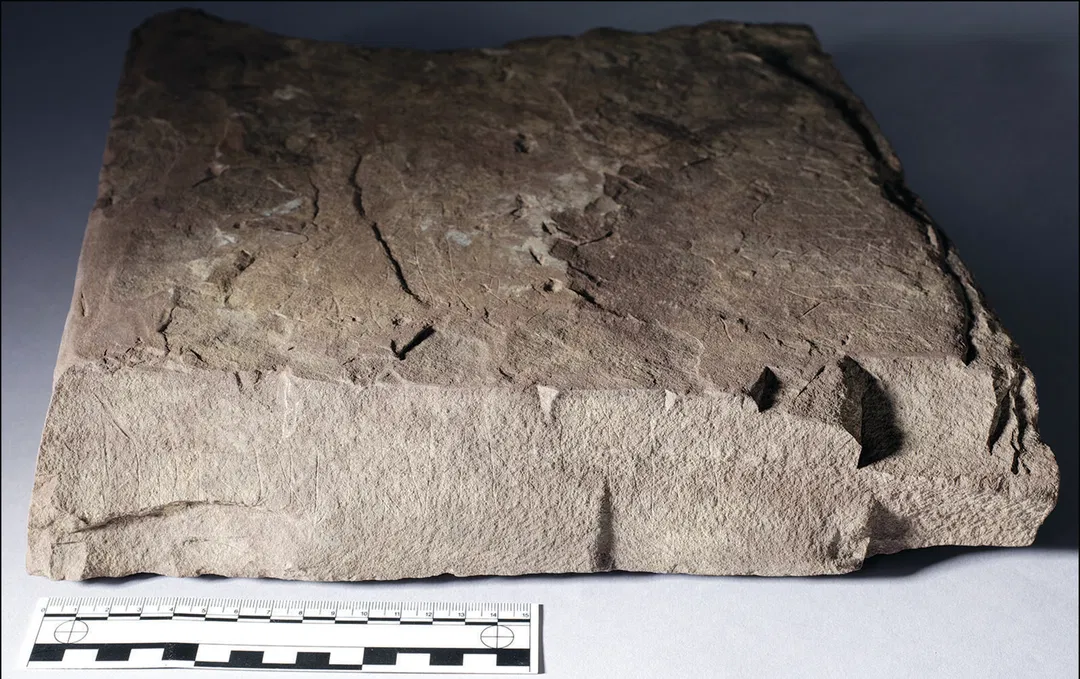A compilation of essays may not necessarily be your first choice when you reach for a book on a library shelf or conduct a quick search on Amazon.
For many of us non-academics, essays are something that brings back pubescent horrors from schooldays. The type of thing that, as soon as you graduated from high school, you'd pledge to avoid for the remainder of your life... until you went to college or university.
Yet one must, as Voltaire's Candide quips, "tend to one's garden," and part of this tending is surely reading both for pleasure and for a purpose.
Muslims on the Volga during the Viking Age, thankfully, for a collection of essays, combines both pleasure and purpose as a series of famed historians and academics cast their gaze upon the multicultural interactions that took place on the Volga River during the 10th century CE.
Read the rest of this article...






